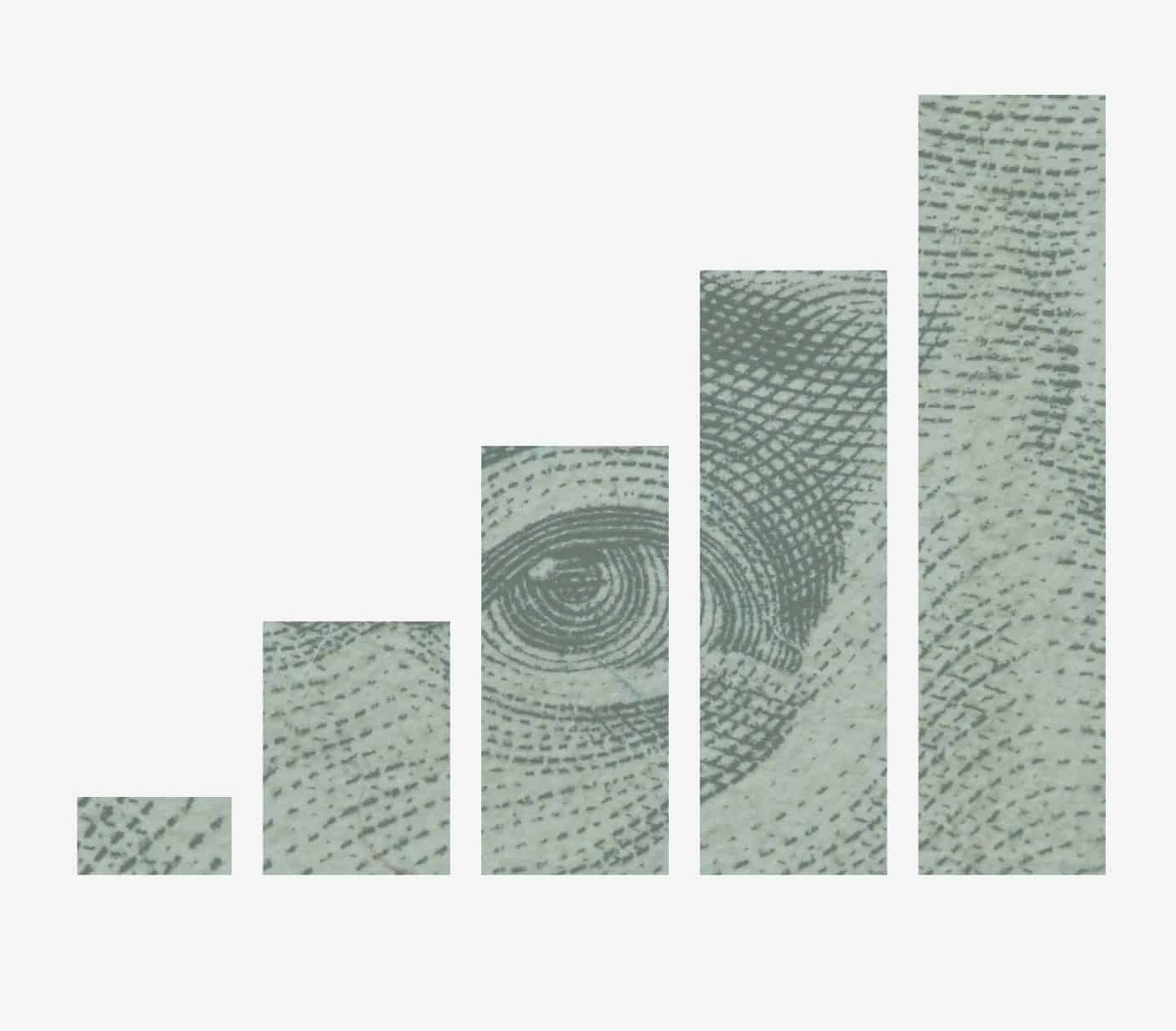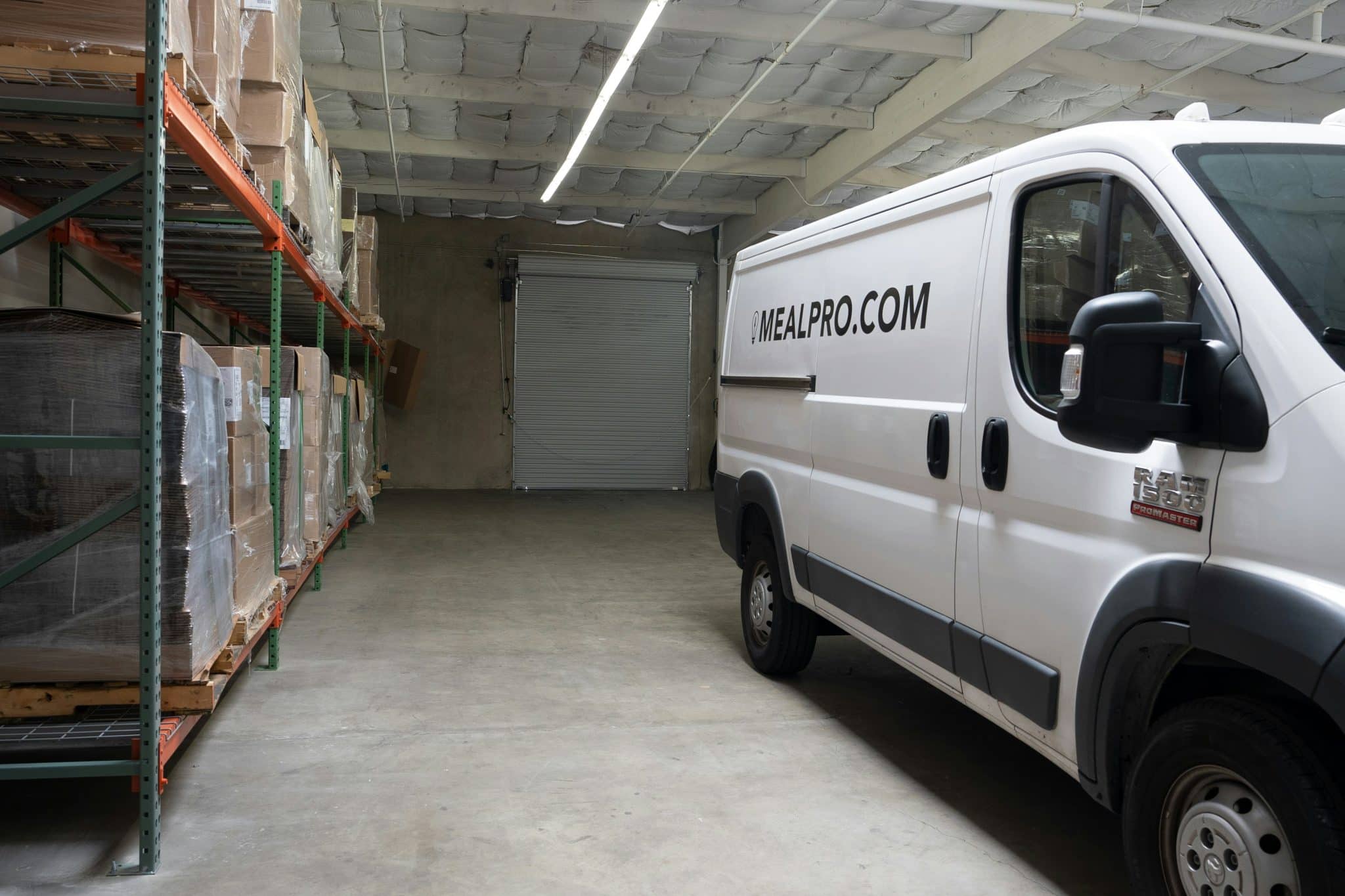DTF 101: What You Need To Know About Direct-to-Film-Printing


Direct-to-film (DTF) printing has been revolutionizing the textile printing industry since the 2000s, offering a versatile and efficient method for creating vibrant, high-quality designs. If you’re looking to delve into the world of DTF printing, you’re in for a journey that beautifully combines technology and creativity. In this guide, we’ll delve into what you need to know about DTF printing so that you can start crafting stunning products.
The DTF Printing Process
The DTF printing process begins with printing your design onto a special transfer film, using high-quality inks that ensure vivid colors and details. Once you print the design, you’ll apply a powdered adhesive to the wet ink, which you’ll cure in a heat oven to create a sticky layer.
The next step involves transferring the design onto the desired garment. Using a heat press, you’ll apply heat and pressure to bond the design to the fabric, resulting in a durable and vibrant print that can withstand multiple washes.
Advantages of DTF Printing
The ability to print on a wide range of fabrics—including cotton, polyester, and blends—means that you can cater to diverse customer preferences and demands. Moreover, DTF prints are known for their exceptional durability and ability to retain vivid colors even after numerous washes, which translates to higher customer satisfaction and repeat business.
Another noteworthy benefit is the significantly lower setup cost compared to traditional printing methods. DTF printing eliminates the need for costly screens and long setups, making it a cost-effective solution for small batches or on-demand orders. This makes DTF printing particularly advantageous for small businesses that aren’t looking to create large batches and require quick turnarounds.
Challenges and Limitations
While DTF printing comes with many advantages, you need to know and be aware of its limitations if you want to thrive in the industry. One of the primary challenges of DTF printing is the cost of equipment and materials. Although the overall setup costs are lower compared to traditional methods, businesses still need to budget for high-quality printers and specialized transfer films. There are also a few types of DTF printers to choose from, some of which can be pricey if you’re looking to make bigger batches, equating to a much higher start-up cost.
Although you can use DTF printing on dark substrates, the outcome may not be as vibrant as prints made using other methods, such as direct-to-garment (DTG) printing. Additionally, the adhesive used in DTF can sometimes lead to a stiff feel on the fabric that’s not very breathable, which may not be ideal for all wearers.
Applications of DTF Printing
The versatility of DTF printing makes it suitable for creating merchandise and apparel that extends beyond printing t-shirts. Businesses can easily produce promotional items, such as branded hoodies, hats, tote bags, and more, allowing them to enhance brand visibility and foster team spirit.
Another significant application is in the fashion industry, where designers can experiment with intricate patterns and vibrant colors without the limitations often associated with other printing methods. This capability not only allows for greater creativity but also supports the rise of unique, custom pieces that set brands apart in a competitive market.
Ultimately, with its versatility, cost-effectiveness, and exceptional print durability, DTF printing is well-equipped to meet the demands of consumers in the competitive textile industry.









